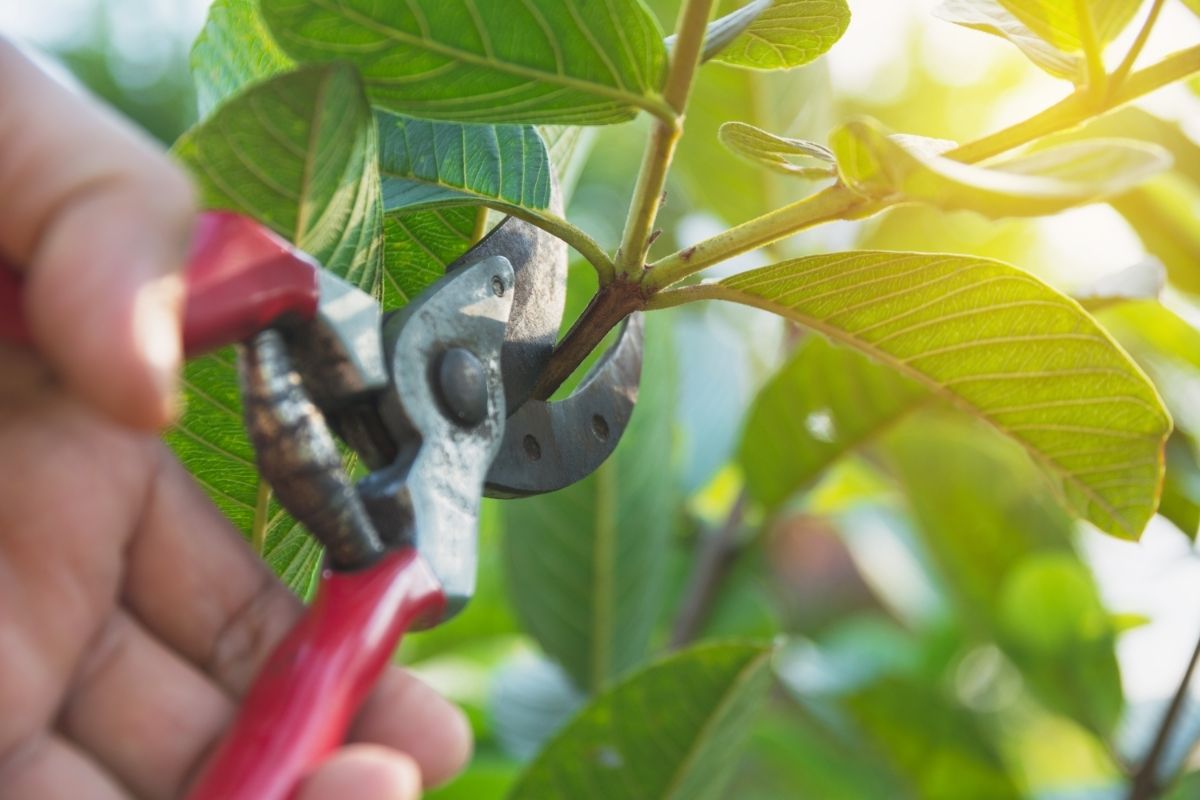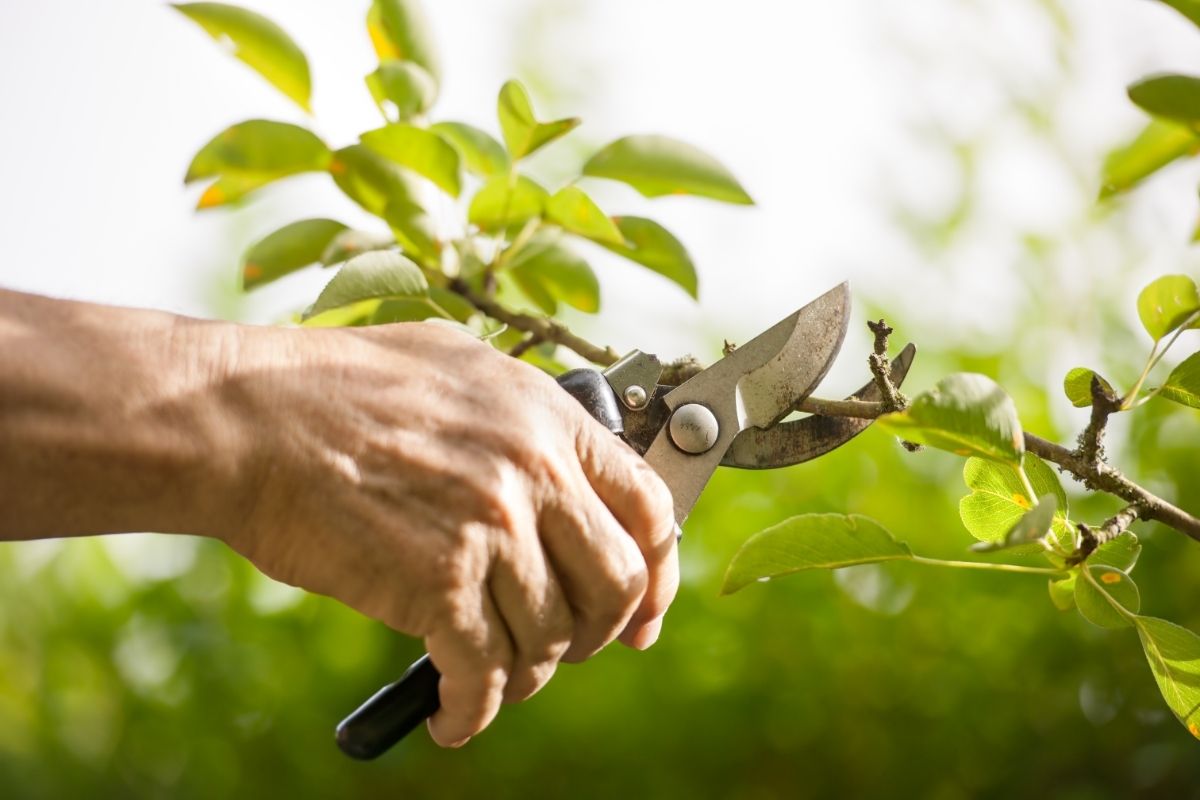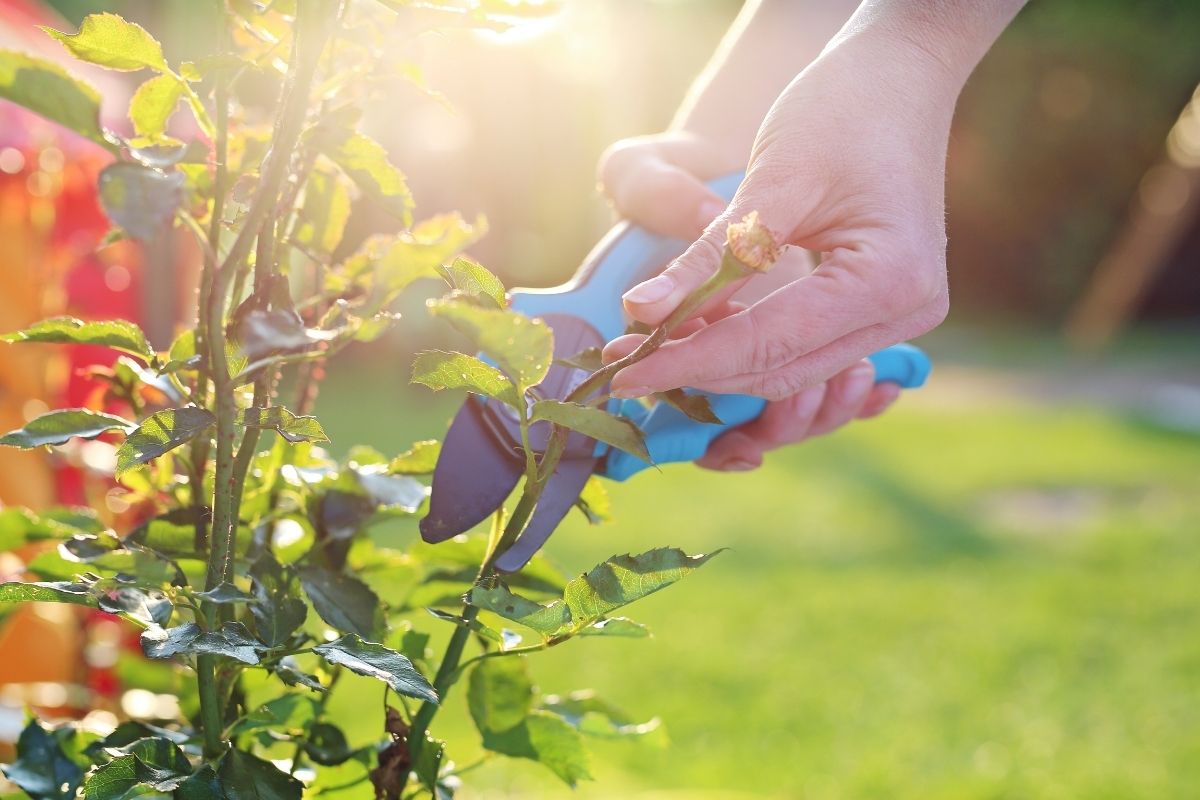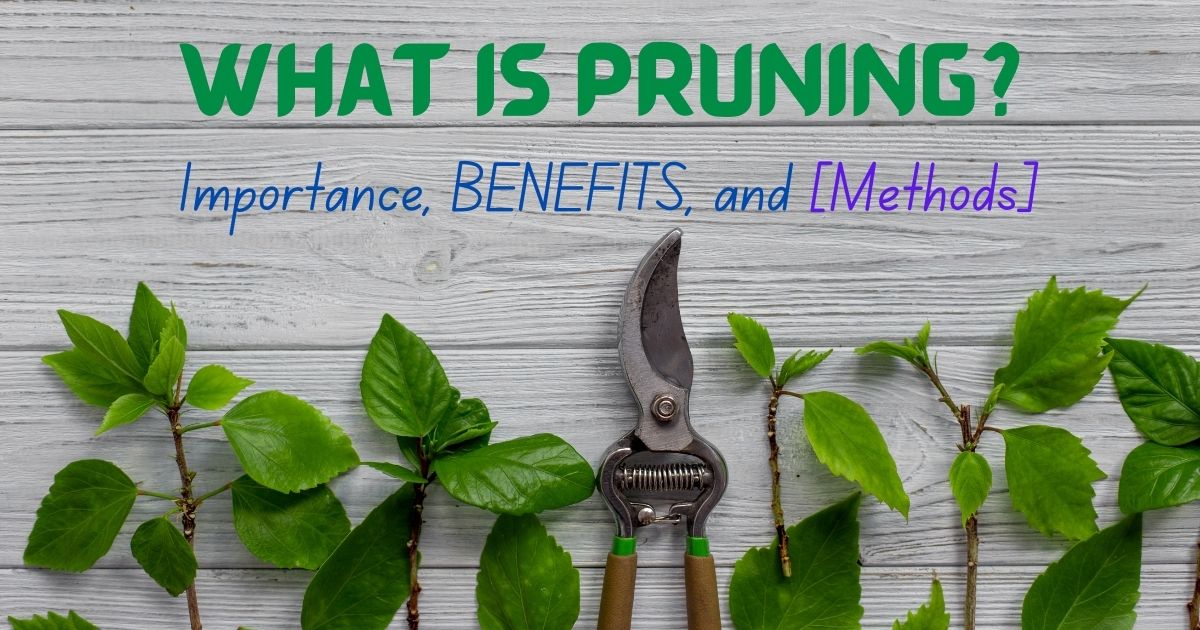All About Pruning
What is pruning? This is a question that needs our attention. Pruning is the act of trimming leaves, branches, and dead matter from plants. Pruning plants is an essential exercise for your lawn and landscape, but why?
This article will focus on the importance, benefits, and advantages of pruning plants, how you do it, and when to perform it.
What Does Pruning Mean?
Pruning means eliminating all unwanted leaves, branches, and other dead matter from your plants.
What is the Purpose of Pruning?
What is the purpose of pruning? Pruning is an essential exercise that you should always engage in your garden or lawn. It is an investment in the health of your plants and the beauty and safety of your property.
You get the following benefits and more when you trim the tree:
- You keep away dead, broken, or damaged branches.
- Save your property from potential damage from fallen branches.
- You give your plants or trees a chance to put out healthy, new growth.
- Train trees to grow on your terms so that branches won’t hang over the roof or stretch into power lines.
- It gives your trees a beautiful look that makes your landscape outstanding.
- Sets the tree up with a good foundation for long-term health.

What is the Pruning Process?
Pruning is a simple process. However, to be successful, you need the knowledge and the right tools for the job. Without skills and experience, you can get injuries. During the pruning process, you need to consider the following don’ts:
- Don’t use a ladder for tree removal or major pruning.
- Don’t prune or remove a tree near utility lines.
- Don’t do tree removals in bad weather.
- Don’t make tree removal a spectator sport.
- Don’t try to remove a tree yourself.
Pruning vs. Trimming Explained
What Is tree trimming? Trimming is a process that focuses on aesthetics. It aims at maintaining a tree for your desired shape and appearance of it. Most of the time, trimming involves thinning out branches that have outgrown. This helps to create shapely growth.
On the other hand, pruning a plant primarily involves removing dead, diseased, and loose branches that prevent the plants from growing well. It also helps remove any growth that interferes with other plant parts. In addition, correct pruning boosts flower production and improves fruit yields.
In some cases, excess pruning can encourage pests and disease or even lead to the death of the plant. For successful trimming and pruning, you need to invite an arborist. You should not do it if you do not have the skills and training.
When to Prune Plants
You need to be very keen on the best time to prune a tree, plants, or seedlings. Let’s look at when to prune plants and trees in our gardens. For seedlings, you can prune them when the need arises, leaving as much of the leaf as possible. This will help the plant manufacture the food to build an extensive, healthy root system.
For trees, professionals advise that you prune them after 3 to 4 years, 5 to 7 years, and so on.
How Does Pruning Work?
Pruning a plant involves removing branches, roots, buds, and other parts. These parts are usually diseased, infested with insects or other pests, or lacking sunlight during the shorter days of autumn. In addition, different tree goals call for different tree pruning methods:
- Reducing density removes limbs back to their branch of origin. It’s a method used to free up a full canopy so that more sunlight can come through.
- Maintaining health is like fine-tuning a tree. Simple cuts help clear out dead, diseased, and damaged limbs to give the tree a polished look.
- Size management cuts reduce a tree’s height or width. This method typically shortens branches inching into utility lines or reduces a wide-spread tree.
- Structural (subordination) cuts could involve one or more of the above methods to improve a plant’s structure and long-term health.

What are the Benefits and Importance of Pruning?
Pruning is a method that you can use to maintain your young and established plants. If you prune your plants regularly, you protect your plants, family, and property from injury, pests, and damage. The following are the benefits of pruning:
- Promotes plant health: Pruning a plant helps remove the dead and dying branches from your plant. This allows the plant to have new growth. It also protects your property and passersby from damages of any kind. When you prune your plants, you keep away pests, which helps promote the plants’ health.
- Maintains plants and landscapes: You encourage healthy fruit and flower production by pruning a tree and a shrub. Regular trimming develops hedge aesthetics and keeps evergreens proportioned and dense. This kind of maintenance supports your property’s planned layout and appearance by controlling plant size and shape.
- Protects your family and property: You reduce the risk of storm damage to structures from broken branches when you prune your plants regularly. Protect your family and friends from falling over branches in walkways, driveways, and children’s play areas. You also control pests, vermin, and snakes by reducing their habitat options when you do this.
The Different Methods and Types of Pruning
How do you prune? You need to understand how to prune plants, the different types of pruning, and the reasons for pruning. These include the following:
- Thinning: This type involves removing branches at the base, alongside the trunk or stalk.
- Raising: Raising is all about creating headspace for entries, walkways, cars, and people. In this case, you trim the low-hanging branches.
- Topping: In this process, you remove most of the branches down to the trunk. This method is used when you need your trees to grow in particular ways.
- Reduction: Here, you trim the trees’ overall volume. You do this to create space for power poles and lines.
What are the Dangers of DIY Pruning?
DIY pruning can be dangerous. Climbing tall trees and cutting down limbs can injure people and property. Also, if you do DIY pruning, you may harm the tree or plant in question. Therefore, it is advisable always to seek a professional to do the pruning for you.
How Often Should Trees be Pruned and Trimmed?
The number of times you decide to prune plants or trees largely depends on their appearance and your personal preferences. If you find them too large and awkward, you can always prune them. You can trim your trees once or twice per year.
You can prune your trees at specific times of the year. The exact timing depends on the tree species. For example, you can prune the spring flowering trees after the blooming cycle, which is usually mid-summer. For the summer flowering and fruit trees, you can prune them during the winter or spring seasons.
When is Pruning Season?
You need to know when to prune plants. When you prune at the right time, you are sure to have attractive, healthy, and productive plants. The following is a guide on the appropriate times to prune your trees and shrubs.
- Deciduous Shrubs: Depending on their growth habits, bloom time, and health or condition, you can prune deciduous shrubs. For instance, you can prune healthy spring-flowering shrubs after they flower. This allows the shrubs to have adequate time to initiate new flower buds for the next season.
- Evergreen Shrubs: You are free to prune evergreen shrubs in late March or early April before new growth begins. Light pruning may also be done in mid-summer. Avoid pruning evergreen shrubs in the fall. Fall pruned evergreens are more likely to get winter injury.
- Deciduous Trees: February through March is generally regarded as the best time to prune most deciduous trees. At this time, there is no foliage, and therefore as you prune, you have a clear view of the tree. This allows the selection and removal of appropriate branches.
- Fruit Trees: You can prune fruit trees between late February to early April. When the fruit trees begin to leaf out, you should be through with pruning.
- Evergreen Trees: Most evergreen trees require little pruning. You can remove dead, broken, and diseased branches at any time of year. Late winter is the best time to remove unwanted lower branches on evergreen trees.

The Final Say
Pruning is an exercise that people carry out throughout the year. It is beneficial to both the plants and the gardener. Your plants will grow healthier, and you’ll have a beautiful garden or lawn. However, to enjoy all the benefits of pruning your plants, you need the right skills and tools.
If you need to prune your plants and do not have the required skills, you can always look for a professional. DIY pruning is discouraged as it is dangerous. It can cause harm to you as the gardener and also to your plants. Have you pruned the plants in your garden? Get started today and enjoy the benefits.
